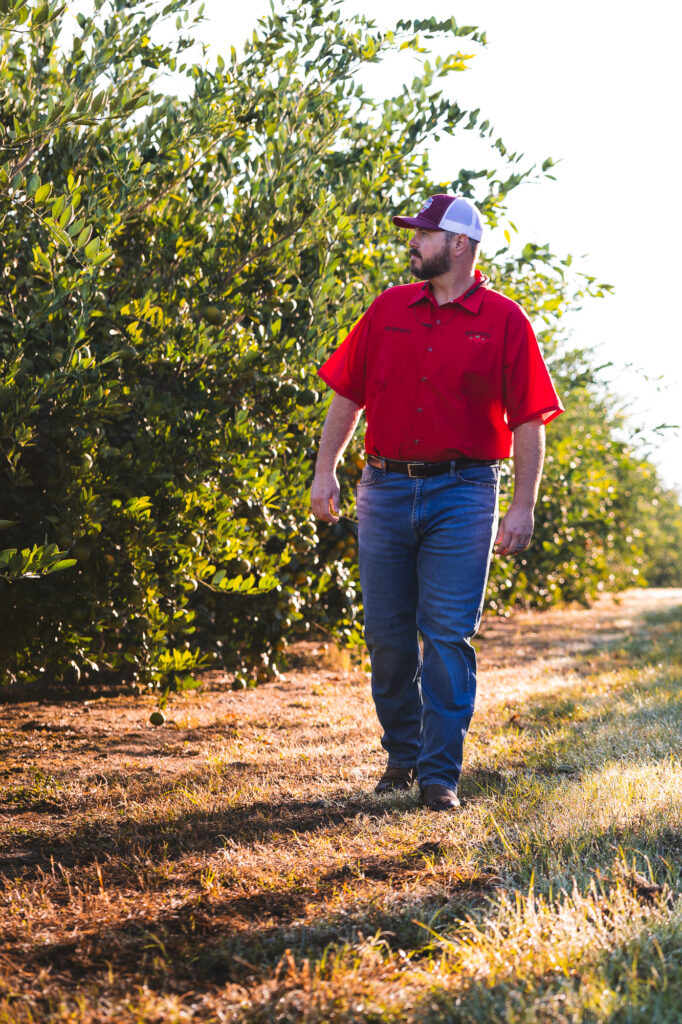
November 1oth – December 15th
The satsuma mandarin tree is the most cold-tolerant cultivar of commercial importance. Mature dormant trees have survived minimum temperatures of 14°F to 18°F in northern Florida, northern California, and southern Alabama without serious injury.
Moreover, because of their low total heat requirement, some cultivars ripen earlier than oranges and most other mandarins. As a consequence, the satsuma mandarin is ideally adapted to regions with winters too cold for other citrus fruits but with growing seasons warm enough to produce fruit of early maturity and good quality. Its range of climatic adaption for commercial culture is, therefore, narrow and restricted to the higher elevations and colder areas of the sub-tropical zones.
In the United States, climatic conditions suitable for satsumas occur in central and northern Florida, in a narrow strip extending along the Gulf of Mexico across Alabama, Mississippi, and Louisiana into eastern Texas and in the Sacramento-San Joaquin Valley basin of California.
Although these areas are subject to severe freezes, current cold protection methods, using in-tree microsprinklers, can protect trees to a height of approximately five feet. This cold protection strategy may be the key to at least partial revitalization of satsuma plantings in these areas.
Website Design, Hosting, and Maintenance by WPTallahassee.